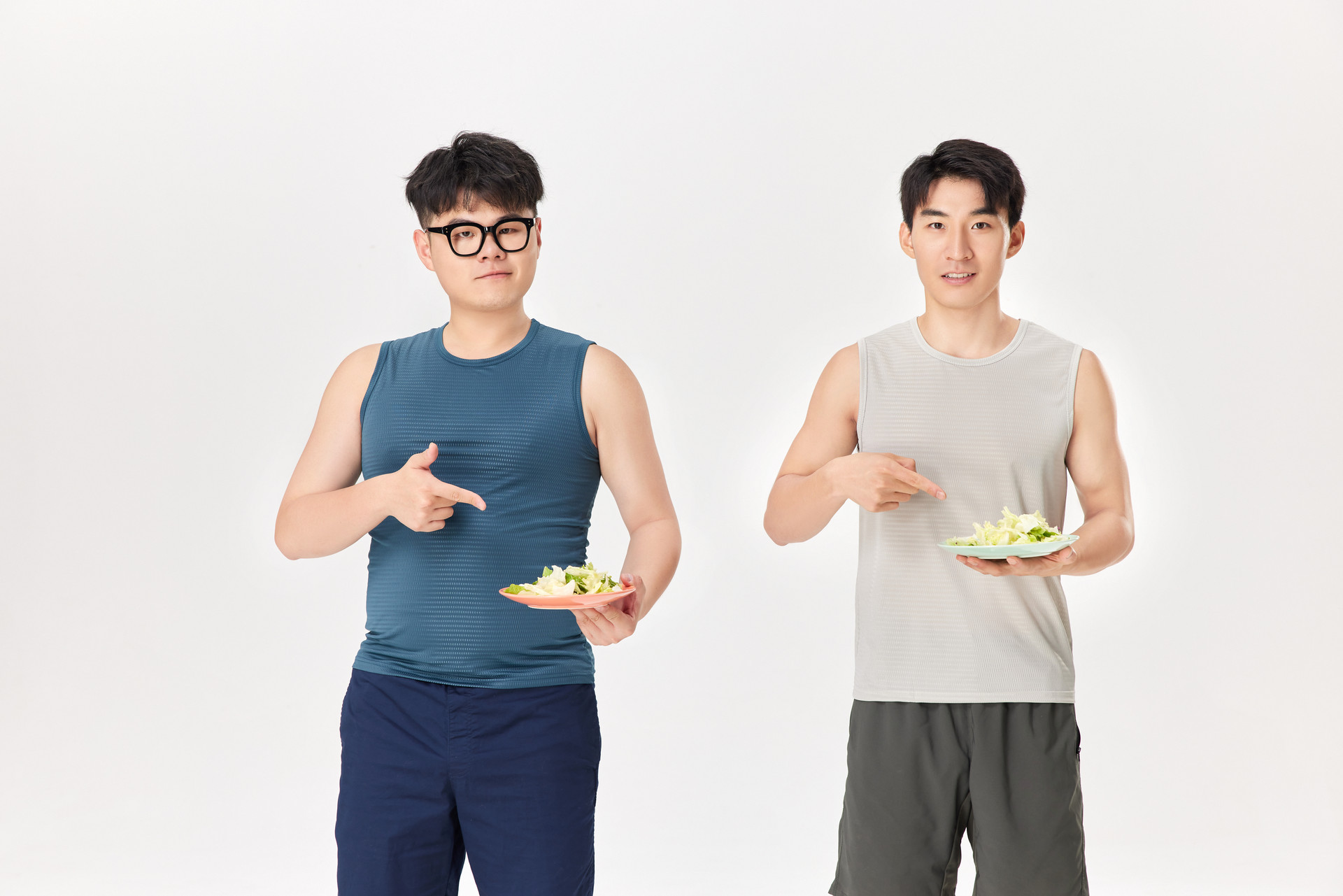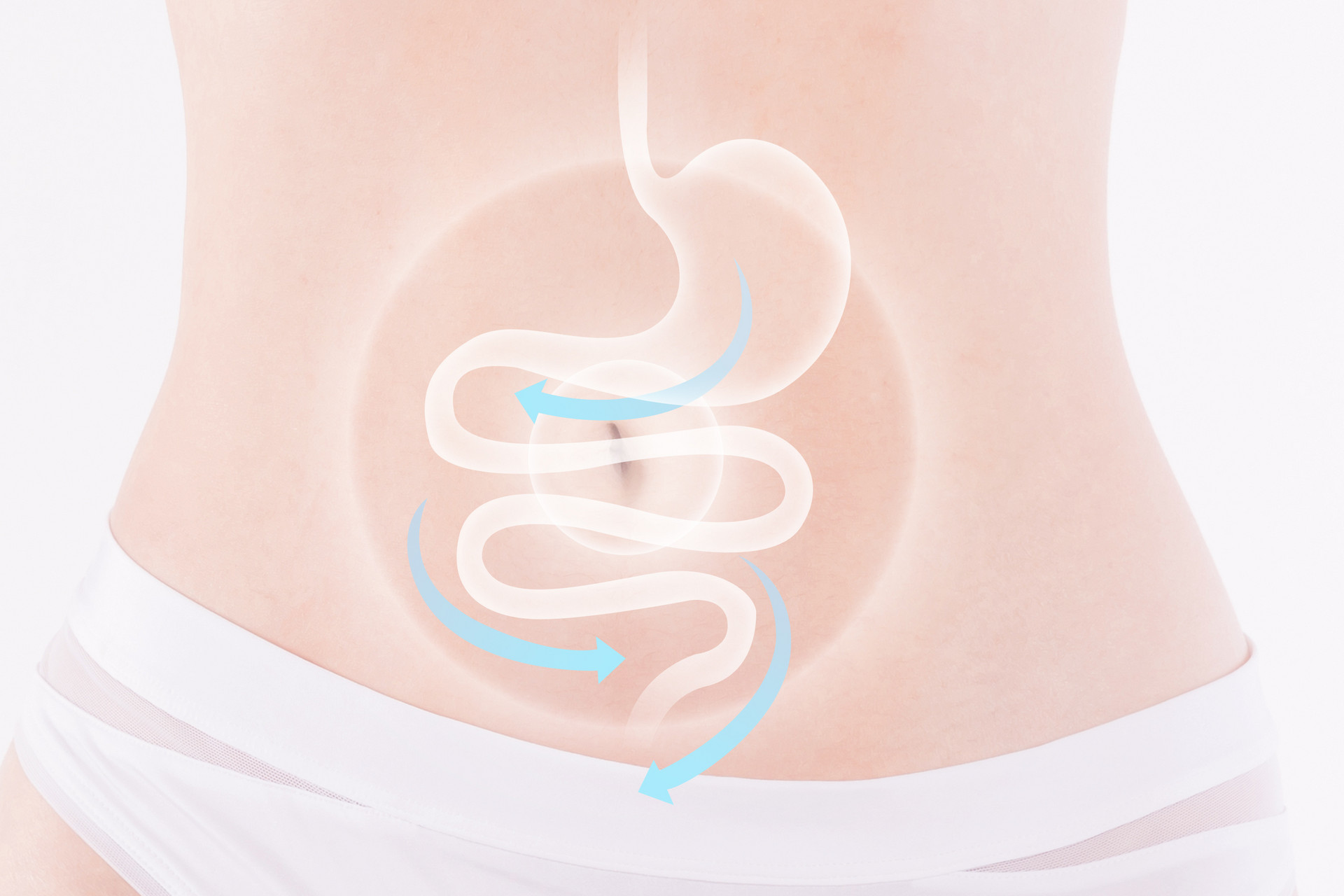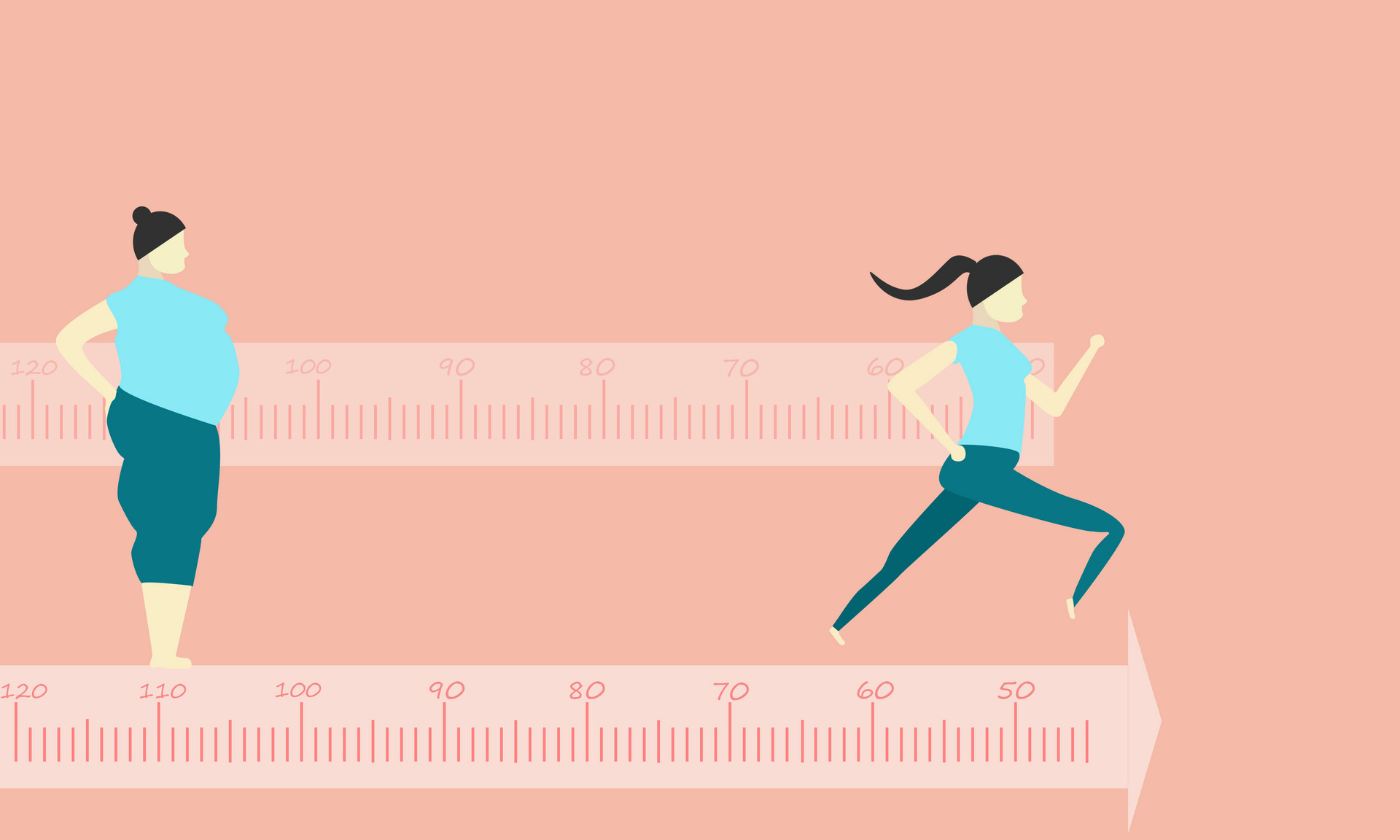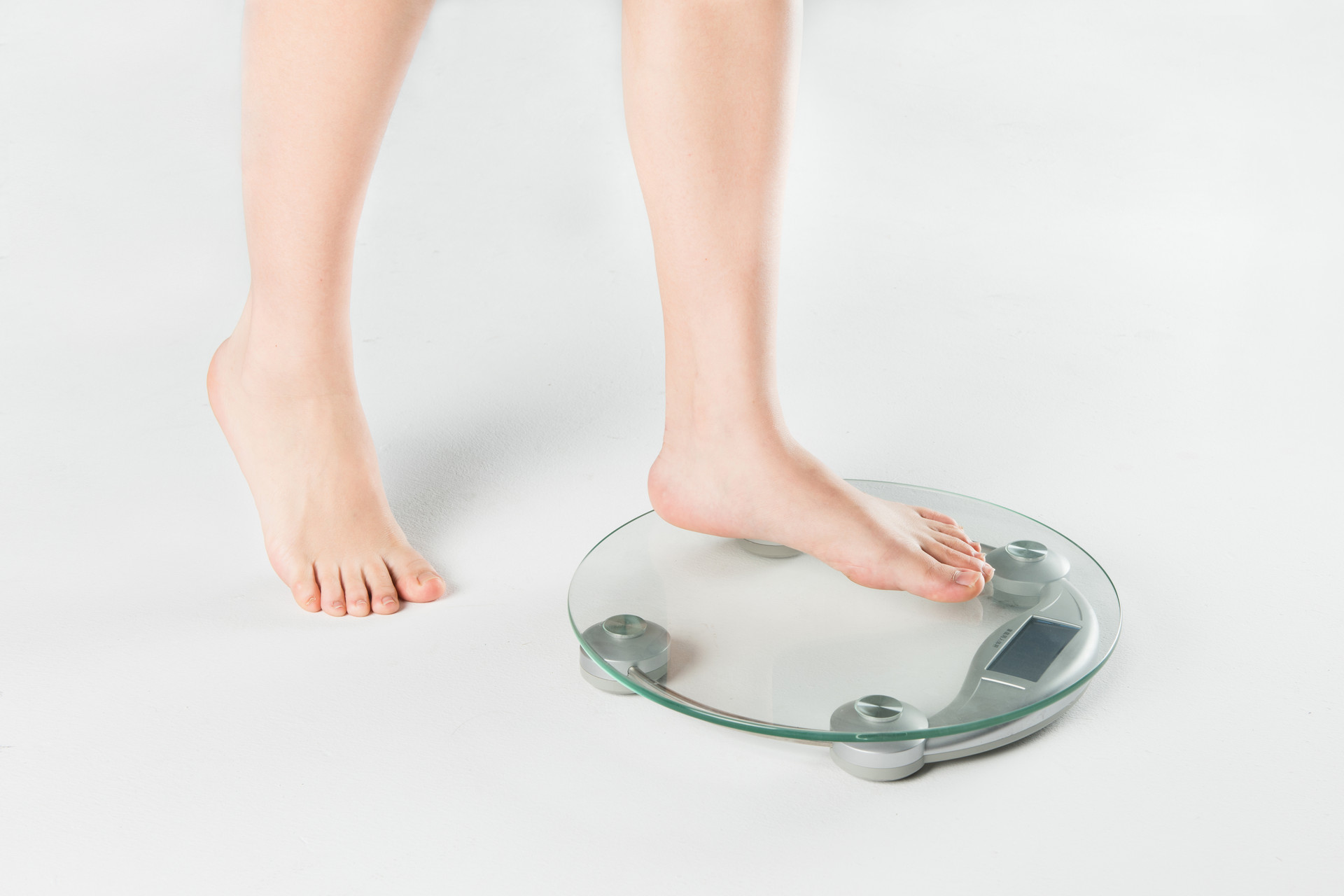Six Methods of Traditional Chinese Medicine for Weight Loss
As people's living standards improve, the number of obese individuals continues to increase. High blood lipids, high cholesterol, fatty liver, obesity-related hypertension, cardiovascular disease, and cerebrovascular disease are common in clinical practice, and their incidence is on the rise. The use of traditional Chinese medicine and herbal medicine for diagnosis and treatment can achieve good results in lowering lipids and losing weight. In recent years, various medical journals have reported on this topic and summarized the commonly used drugs and prescriptions, resulting in six major methods. The introduction is as follows:
1. Method of Harmonizing the Stomach and Dissolving Fat
Most cases of obesity are caused by excessive consumption of sweet and fatty foods, which accumulate in the stomach, leading to abdominal distension, acid regurgitation, foul taste in the mouth, and greasy tongue coating. The early use of hawthorn, barley sprouts, and radish seeds to harmonize the stomach and aid digestion is very effective. These herbs have long been known for their ability to eliminate fat deposits. Traditional prescriptions such as Jiao San Xian and Bao He Wan are commonly used in pediatric medicine. Commercially available hawthorn fruits, hawthorn cakes, and hawthorn pastries are sweet and tasty, easy to carry, and convenient to take. Raw radish can be eaten fresh or stir-fried, making it the simplest food therapy for lowering lipids and losing weight.
2. Method of Promoting Blood Circulation and Dispelling Blood Stasis
Obesity is often accompanied by excessive fat in the blood, which can easily lead to arteriosclerosis and cardiovascular and cerebrovascular diseases. Medications that promote blood circulation and dispel blood stasis can dilate coronary arteries, increase blood flow, lower blood lipids, prevent plaque formation, and promote its regression. For obese individuals with blood stasis, irregular menstruation, or purple spots on the tongue, using the method of promoting blood circulation and dispelling blood stasis not only lowers lipids and reduces weight, but also treats the disease, making it a win-win situation. Commonly used drugs for promoting blood circulation and dispelling blood stasis and lowering lipids include Chinese angelica and Chuanxiong, which are the main ingredients of the traditional formula Foshou San and are good at promoting blood circulation, regulating menstruation, and relieving pain. Danshen is commonly used to treat cardiovascular and cerebrovascular diseases and is as effective as the Si Wu Tang formula. Chi Shao Yao and Ji Xue Teng can promote blood circulation and relax tendons, making them suitable for those with blood stasis in the meridians. Sanqi and Pu Huang are effective in promoting blood circulation and relieving pain, and are often selected for those with blood stasis and stabbing pain. Commercially available products such as Danshen pills, compound Danshen pills, Coronary Heart Disease Formula 1, and Coronary Heart Disease Formula 2 all have the effect of promoting blood circulation, dispelling blood stasis, and lowering lipids.
3. Method of Expanding the Chest and Transforming Phlegm
Chinese medical literature suggests that obesity is often accompanied by excessive phlegm, which refers to excessive fat. Clinically, obese individuals often experience shortness of breath, chest tightness, dizziness, nausea, and a greasy tongue coating. For individuals with excessive phlegm-fire, irritability, and a tendency to get angry, which can lead to high blood pressure, headaches, and sleep disturbances, the method of expanding the chest and transforming phlegm is most suitable.
Commonly used drugs include Gualou, also known as Trichosanthes fruit, which is the main herb for expanding the chest and transforming phlegm. Commercially available Gualou packets are made from this herb and can lower blood lipids, particularly effective for treating coronary heart disease. Gualou seeds also have a laxative effect and are especially suitable for individuals with phlegm-fire accumulation and constipation. Xiebai, also known as Chinese leek, is often used in combination with Gualou. The Gu Lou Xie Bai Tang formula used by the famous physician Zhang Zhongjing in the Han Dynasty has been used for thousands of years. Zhishi and Zhike can also expand the chest and transform phlegm. When combined with Chenpi and Banxia, they form the Wen Dan Tang formula, commonly used to treat obesity with phlegm-dampness and symptoms such as palpitations and insomnia. Banxia can transform phlegm, aid digestion, and is the main herb in traditional formulas for transforming phlegm-dampness. Commercially available products such as Chenpi plum and dried orange peel are delicious and effective for lipid-lowering when used as a dietary therapy.
4. Method of Regulating the Liver and Promoting Bile Secretion
Bile helps digest fat. Individuals with liver hepatitis, gallbladder inflammation, or liver and gallbladder stones often have insufficient bile secretion and tend to avoid oily foods. If they accidentally consume such foods, it can trigger an attack. Regulating the liver and promoting bile secretion is essential for liver and gallbladder diseases, especially for individuals with fatty liver. I often achieve good results using this method.
Commonly used drugs for regulating the liver and promoting bile secretion include Yinchen, which is a specialized herb for treating jaundice with good bile-promoting effects. Ezhu, Jianghuang, and Yujin are all herbs from the same family, which can regulate the liver, promote bile secretion, and lower lipids. Commercially available Baijin pills are made from Yujin and Mingfan and are Chinese patent medicine for regulating the liver, promoting bile secretion, reducing lipids, and transforming phlegm. They also have the ability to dissolve stones. Chaihu Shugan powder (Chaihu, Zhike, Shaoyao, Gancao, Xiangfu, Chenpi) can be used as a commonly used formula with modifications for various conditions. Juemingzi can clear the liver and improve vision. Drinking tea made from Juemingzi regularly can help relieve liver fire and lower blood lipids.
5. Method of Diuresis and Dampness Dispelling
According to traditional Chinese medicine, dampness accumulation leads to the production of phlegm, and an improper metabolism of water and dampness can easily mix with the blood, resulting in unclear separation between clear and turbid components and elevated blood lipids. The use of diuresis and dampness dispelling methods for lipid-lowering and weight loss is a stable approach. A patient with obesity-related hypertension was advised to eat winter melon porridge every day without interruption. Traditional Chinese herbal literature states that winter melon has a diuretic effect and is known to be avoided by thin individuals. After consuming winter melon porridge, the patient experienced increased urination, 5-6 times a day. After one month, the patient lost 5 kilograms and blood pressure stabilized, resulting in great satisfaction. Winter melon seeds and winter melon skin can both be boiled to make tea and consumed regularly. This approach also helps reduce waste. Ze Xie is a commonly used diuretic and dampness dispelling herb, and recent research has shown that it also has lipid-lowering effects. Tea tree roots and corn silk both have diuretic effects and can be used as lipid-lowering herbs.
6. Method of Laxative and Bowel Movement Promotion
Obese individuals usually have a strong and sturdy constitution and may experience constipation. In such cases, a laxative and bowel movement promotion method is needed to eliminate fat and impurities. Commonly used drugs for laxative and bowel movement promotion include Dahuang, which is a major herb for laxative purposes and has a rapid lipid-lowering effect. Huzhang, which is second only to Dahuang, has laxative and blood stasis-relieving effects. He Shou Wu can nourish the blood and moisten the intestines. It is suitable for individuals with both blood deficiency and dry intestines, and can be taken regularly. Commercially available Shouwu packets are made from this herb and not only lower blood lipids, but also promote dark hair and have anti-aging effects.
Many weight loss advertisements claim to offer "Chinese medicine weight loss" with slogans like "Lose 3 kg in 3 days for 99 yuan" or "Lose 10 kg for 30 yuan." These types of advertisements have become popular in recent years. However, in addition to reputable hospitals, some Chinese medicine clinics, beauty salons, and slimming centers have also launched "Chinese medicine weight loss" programs. Acupuncture weight loss, acupoint weight loss, and Chinese herbal weight loss methods are diverse, but how many of them are truly legitimate? Consumers need to be cautious and choose carefully.
"As a lifestyle disease, obesity has received increasing attention in recent years. However, most people are more concerned about the impact of obesity on their appearance rather than their health. Combined with impatience and a desire for quick results, the weight loss market has become extremely popular." Professor Fu Jieying, director of the Department of Traditional Chinese Medicine Cosmetology at Guangzhou University of Chinese Medicine, pointed out that compared to weight loss pills and dieting, modern people are increasingly considering traditional methods as safer, which is why Chinese medicine weight loss has gained popularity. "Using acupuncture, Chinese herbs, and other methods to treat beauty-related diseases can indeed achieve certain results, but they are not suitable for everyone, and some Chinese medicine treatment methods are not easy to master. Currently, there are many misconceptions about Chinese medicine weight loss, and the Chinese medicine weight loss market is relatively chaotic."
Misconception 1: Chinese medicine weight loss practitioners are everywhere. Chinese medicine treatment methods should be used under the guidance of syndrome differentiation and treatment, which requires the practitioner to have multiple qualifications and be proficient in the diagnosis and treatment of obesity. They must hold both the "Professional Physician Qualification Certificate" and the "Professional Physician Registration Certificate." Acupuncture and other Chinese medicine beauty treatments should be conducted within medical institutions. If they are conducted outside hospitals, they must be approved and registered by the health administrative department, requiring at least the "Medical Institution Qualification License." However, a survey conducted by reporters found that out of nearly ten beauty salons and slimming centers around Beijing Guomao, very few Chinese medicine weight loss practitioners could produce both certificates. Most of them had only received beauty and body shaping training.
Misconception 2: Instant weight loss. "For the sake of 'physical beauty,' many people who are not overweight seek Chinese herbal medicine or acupuncture treatment." Professor Fu Jieying emphasized that acupuncture is used to treat diseases, and randomly applying it without a diagnosis is not worth the risk to one's health. Ms. Li and Ms. Qiu, who are undergoing Chinese medicine weight loss treatments at a beauty salon in Xindai City, both stated that after receiving acupoint and acupuncture treatments, the weight loss practitioners advised them to avoid eating meat and preferably only consume eggs and cucumbers. Although their appetites decreased after treatment, they felt that eating only eggs and cucumbers each day would result in weight loss even without treatment. "In fact, obesity is a disease greatly influenced by lifestyle. Excess fat is like the body's waste, and you have to change your habit of disposing waste before others can help clean up effectively. If you don't throw away or reduce waste, you will naturally become slimmer. Acupuncture weight loss, although it has few side effects, is difficult to achieve weight loss goals by relying solely on it."
Misconception 3: "Stitch where you want to lose weight." Genetics is also a factor in obesity. "Many people who are not overweight still seek acupuncture or Chinese herbal medicine because they feel their shoulders or calves are too fat." Professor Fu Jieying said that acupuncture is not a "stitch where you want to lose weight." In fact, the distribution of subcutaneous fat is often related to genetic factors or prolonged postures, and it is difficult to solve these problems with acupuncture alone. Acupuncture is more suitable for individuals with central obesity characterized by excessive visceral fat.
Misconception 4: Rapid weight loss methods. Many weight loss institutions promote "Chinese medicine weight loss" while also offering "fast weight loss protocols," guaranteeing consumers "10 kg in 30 days," etc. However, they often use methods such as excessive dieting and excessive exercise. Professor Fu Jieying pointed out that "fast weight loss" is the biggest misconception in weight loss. It often comes at the expense of health and can easily lead to weight rebound. In the end, it may also lead to infertility, chronic pelvic inflammatory disease, chronic gastritis, and chronic colitis. "Moderate fat is a basic substance for maintaining life. We don't need to resent it. The key to maintaining an ideal figure is a healthy lifestyle."











